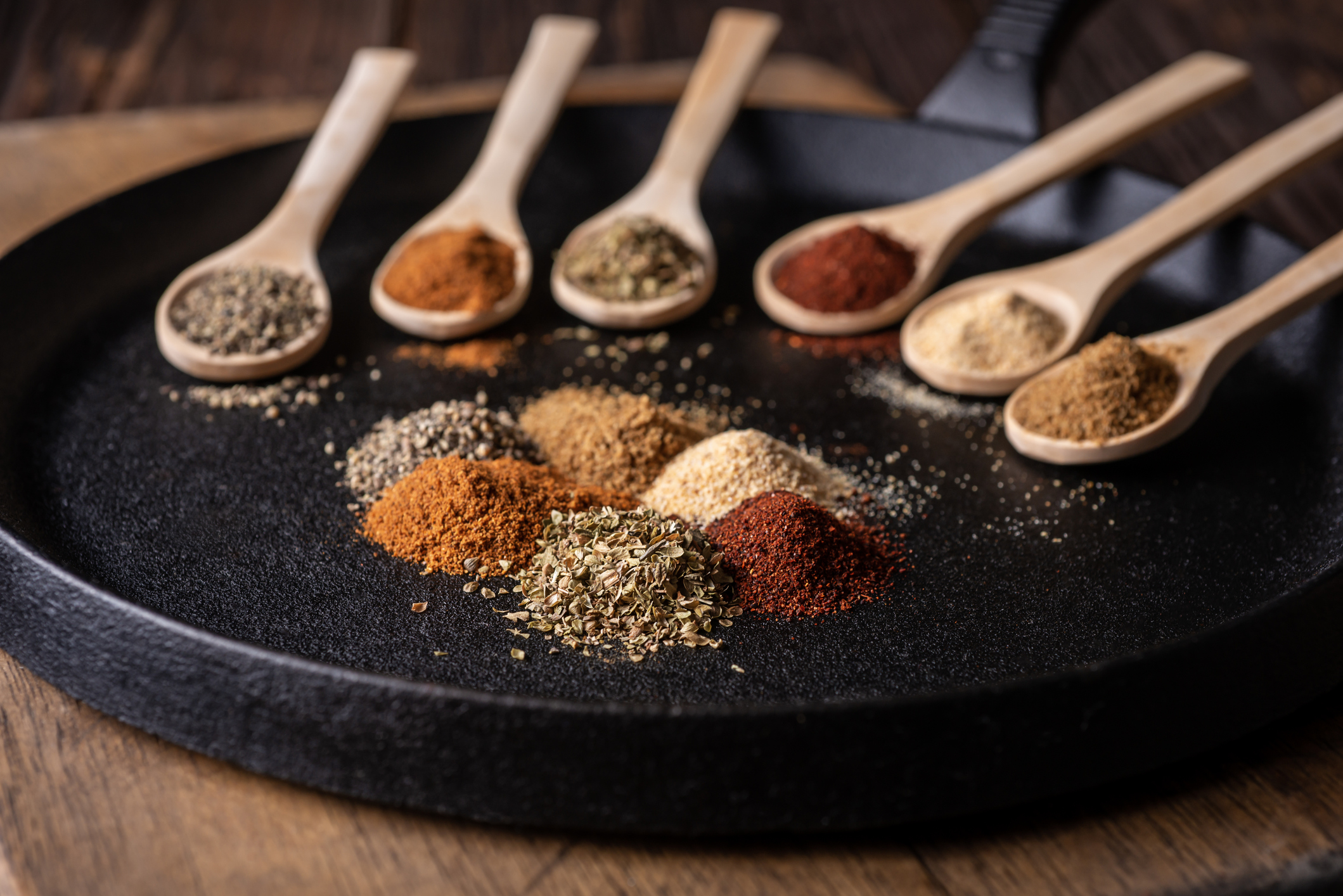Get ready to spice up your life with this tantalizing tour of the world’s most expensive spices. Perfect for foodies looking to elevate their culinary creations!
Saffron

Saffron’s allure isn’t just in its striking color. This spice, often worth more than gold by weight, can transform any meal with just a tiny pinch.
Its ability to add depth and luxurious flavor is unparalleled, making it a treasure in the culinary world. Saffron also boasts a bounty of medicinal properties.
Harvesting saffron is a labor of love, requiring thousands of flowers just to produce a single ounce. This painstaking process contributes to its hefty price tag.
Vanilla

Did you know that the sweet scent of vanilla comes from orchids? That’s right, the world’s second most expensive spice is actually the fruit of an orchid plant!
The complexity of real vanilla’s flavor is unmatched, a symphony of over 200 compounds that artificial versions can’t replicate. And each individual bean is hand-pollinated.
In desserts, vanilla doesn’t just play a supporting role. Its precious nature reminds us to savor the sweet moments, one delicious bite at a time.
Cardamom

Cardamom, the queen of spices, packs a powerful punch in both aroma and flavor. It’s the secret behind the magical taste of many sweet and savory dishes.
Cardamom adds a warm, slightly sweet complexity that’s hard to replicate. Not just a culinary delight, cardamom also boasts an impressive array of health benefits.
From aiding digestion to freshening breath, this spice is a natural remedy that has been cherished in traditional medicine for centuries. Its versatility and benefits are boundless!
Fennel

Fennel seeds, with their sweet, anise-like flavor, are the unsung heroes of the spice world. They’re not just a garnish; they’re a cornerstone of Mediterranean cuisine.
Ever wonder why your favorite Italian sausage has that distinctive taste? Chances are, it’s the fennel seeds working their magic. These little seeds pack a punch.
But fennel seeds are more than just flavor boosters. They’re also packed with nutrients. These seeds are a tasty way to enhance both your meals and your health!
Cloves

Ever wonder what gives a pumpkin pie that warm, spicy kick? Cloves are the secret stars, infusing dishes with a depth of flavor that’s intoxicating and comforting.
This tiny spice punches well above its weight. Not just for desserts, cloves work their magic in savory dishes too, from rich curries to flavorful pot roasts.
Known for their antiseptic properties, cloves have also been used in traditional medicine for centuries. A pinch of clove can add flavor and boost your health!
Cinnamon

Cinnamon isn’t just a spice; it’s a global sensation that transforms ordinary dishes into aromatic masterpieces. Did you know that cinnamon is harvested from the bark of trees?
Its woody flavor enriches everything from morning oats to evening stews, bridging the gap between savory and sweet. Ever wonder why cinnamon tastes like a warm hug?
The magic of cinnamon extends beyond its taste. It’s a journey through cultures and continents. From traditional Mexican mole to Swedish cinnamon buns, this spice weaves its charm.
Pepper

Ever wonder why your kitchen isn’t complete without a pepper mill? That’s because pepper, the world’s most used spice, brings a symphony of flavors to the table.
From the sharp bite of black peppercorns to the subtle warmth of white, each color adds its own magic. Black, green, white, and red peppercorns are culinary chameleons.
Red peppercorns, though less common, are the sweethearts of the pepper world, with mild, fruity undertones. They’re like the hidden gems in a spice treasure chest.
Nutmeg

Nutmeg’s charm isn’t just in its warm, nutty essence that we often associate with holiday baking. This versatile spice has a secret life in savory dishes too.
Ever wondered why nutmeg is so beloved? It’s all thanks to its unique chemistry. Nutmeg contains myristicin, a compound that adds depth and warmth.
Not just a flavor booster, nutmeg comes with its own set of health benefits. It’s a small but mighty addition to your culinary arsenal.
Mace
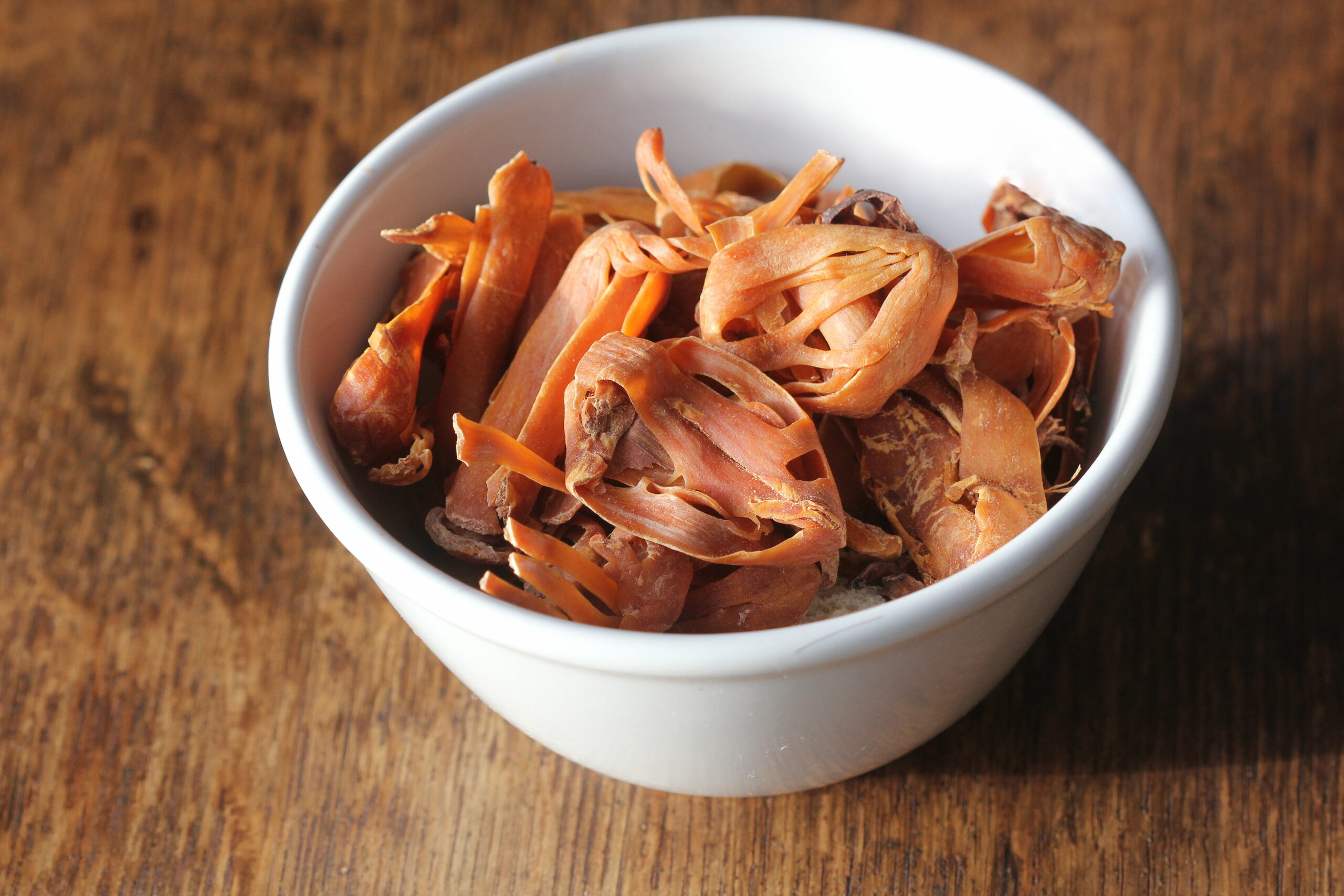
Ever wondered what makes those holiday pies and lattes taste so festive? Mace adds a layer of warmth and complexity that’s hard to pinpoint but impossible to miss.
Not just a sidekick to nutmeg, mace boasts its own culinary superpowers, from spicing up a creamy béchamel to adding a nuanced depth to homemade sausages.
Its versatility is a treasure trove for chefs. A pinch of mace can transform the mundane into the extraordinary, proving that great flavors often come in humble packages.
Turmeric
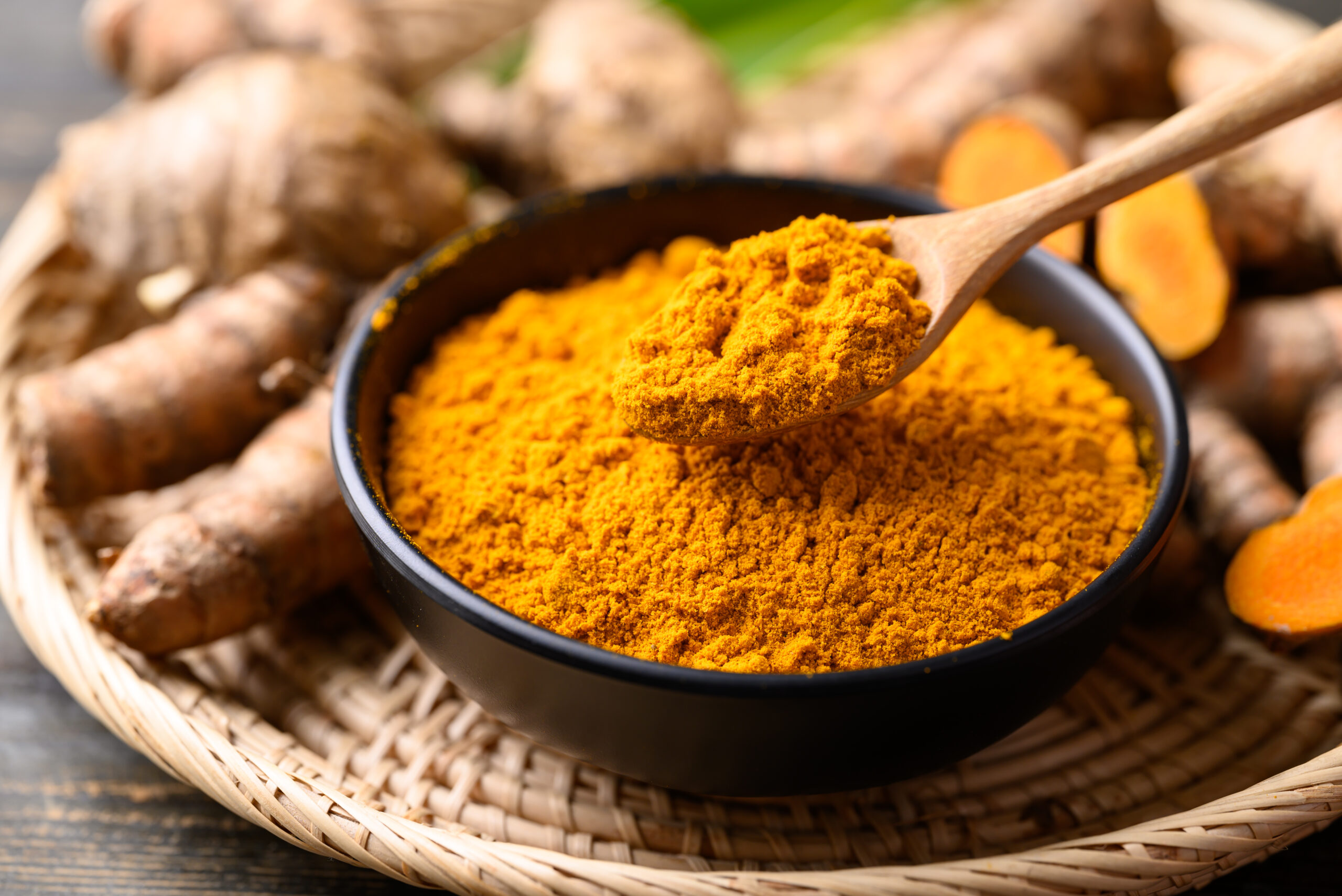
Ever wondered what gives curries their glowing yellow hue? That’s turmeric for you, a spice that’s not just about looks but packs a punch with health benefits.
It’s the golden child of the spice family, always ready to brighten up your dishes. Turmeric doesn’t just stop at adding a warm flavor to your meals.
It’s also celebrated for its anti-inflammatory and antioxidant properties. Imagine having a spice cabinet superhero that fights off free radicals and soothes your aches.
Ginger

This zesty root, whether fresh or dried, packs a punch in flavor and health benefits. It’s like nature’s spicy kick, adding warmth to dishes and drinks.
Ginger isn’t just about adding a spicy note to your meals; it’s a powerhouse of health, from soothing an upset stomach to firing up your metabolism.
Its wellness secrets have been celebrated for centuries. Its anti-inflammatory and antioxidant properties make it a go-to natural remedy for upset tummies and sore joints today.
Star Anise

Star anise, that star-shaped spice you’ve probably seen in your favorite Asian market, is more than just pretty. Its licorice flavor is a game-changer in dishes.
Not just for culinary genius, star anise is also steeped in tradition and health benefits, from its role in Chinese five-spice powder to its use in soothing teas.
Ever wonder why your pho soup tastes so comforting? Chances are, star anise is the secret. This spice doesn’t just add flavor; it’s a bridge between cultures.
Coriander

Ever wondered why your favorite curry or taco seasoning has that unique, zesty kick? Chances are, it’s coriander. These little gems burst with a lemony citrus flavor.
Not just a pretty flavor, coriander seeds pack a punch of health benefits too. From aiding digestion to reducing blood sugar levels, they’re like tiny, tasty health warriors.
Integrating them into your diet could be a small step with big returns. Getting creative in the kitchen? Coriander seeds are your go-to for an instant flavor lift.
Sichuan

Ever wondered what gives Sichuan cuisine its mouth-tingling magic? It’s all thanks to Sichuan peppercorns! These little flavor bombs are not just about heat.
They bring a unique numbing sensation that elevates dishes to a whole new level. Sichuan peppercorns are more than just a spice; they’re a culinary experience.
Imagine taking a bite and feeling that electrifying tingle dance across your taste buds. It’s this sensation that defines many iconic dishes from the Sichuan region.
Mustard Seeds

Whether you’re team yellow, brown, or black, these seeds add an unforgettable spicy heat to pickles, curries, and much more, making them a pantry must-have.
Not just for condiments, mustard seeds are a global flavor powerhouse. From spicing up Indian curries to adding depth to European cuisines, these versatile seeds transform dishes.
Health buffs, take note! Mustard seeds aren’t just about flavor. Packed with nutrients, these little seeds offer a range of health benefits, from aiding digestion to reducing inflammation.
Muhlab
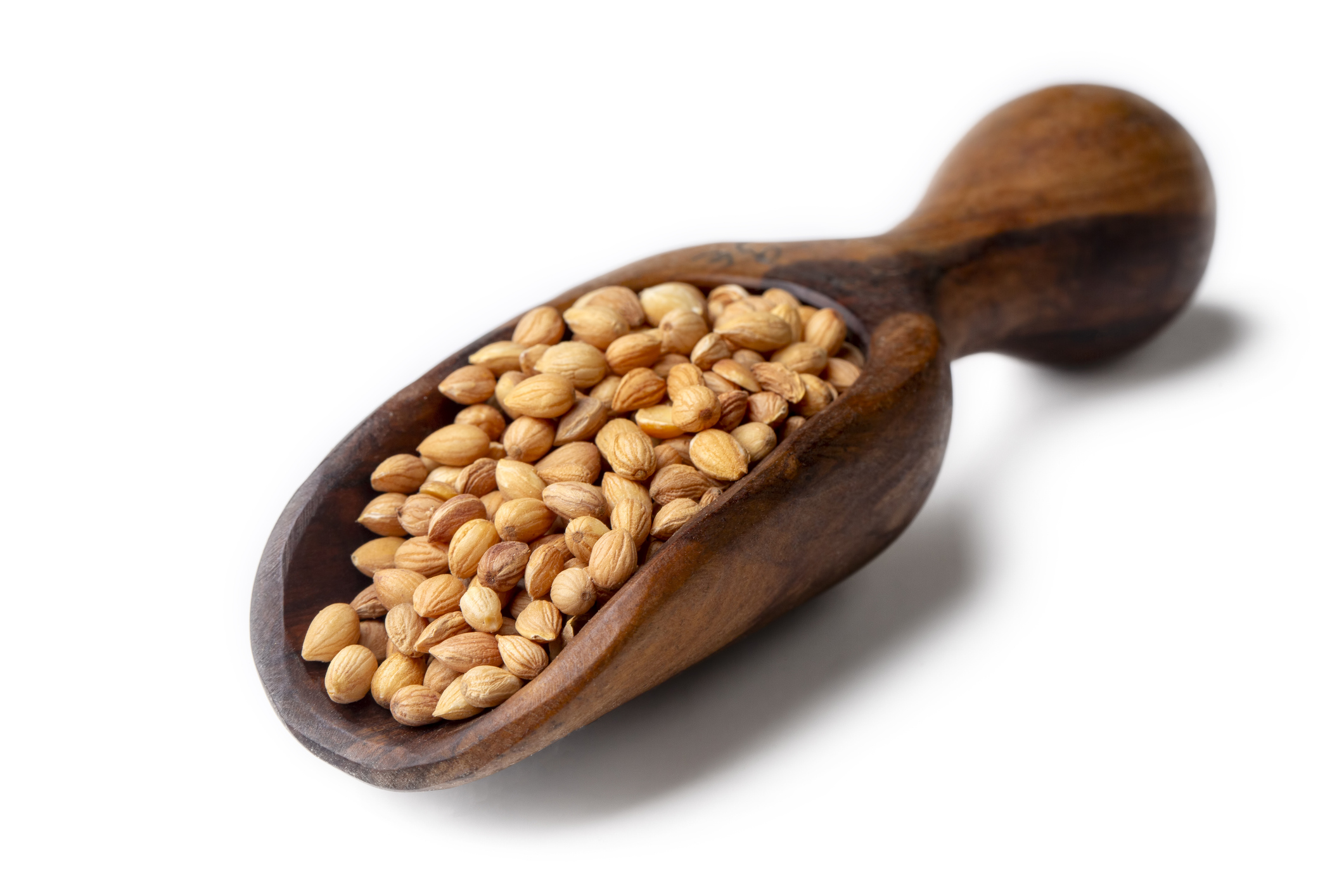
Muhlab, also spelled mahlab, is a hidden gem in the spice world! It’s made from the ground pits of the St. Lucie cherry.
This spice is like the cool, mysterious character in a blockbuster movie—it’s not in every scene, but you definitely remember it! Muhlab has a sweet, nutty taste.
It’s super popular in Middle Eastern and Mediterranean baking. Muhlab is your ticket to adding a uniquely aromatic twist to your dishes. Try it!
Sandalwood
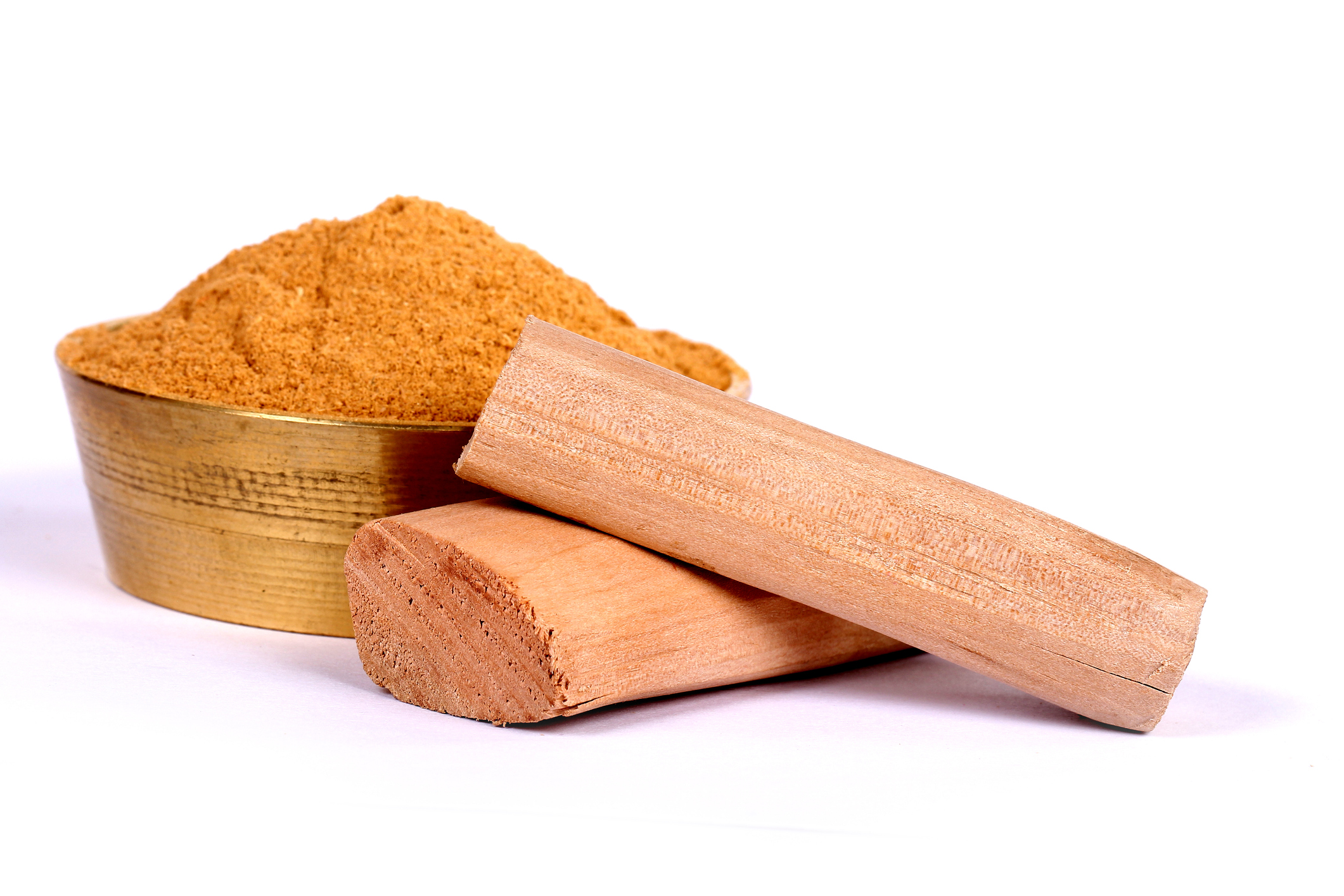
Sandalwood isn’t just a heavyweight in the fragrance world; it’s also a surprisingly delightful addition to culinary adventures! It’s nown primarily for its rich, woody scent.
Sandalwood is used in various cultural practices, including incense and ceremonial rituals. But in the kitchen, sandalwood powder infuses dishes with an earthy, exotic flavor.
When used in cooking, it’s typically sparingly. Think a pinch in a rice pudding or as a part of a complex spice blend in a luxurious curry.
Sumac
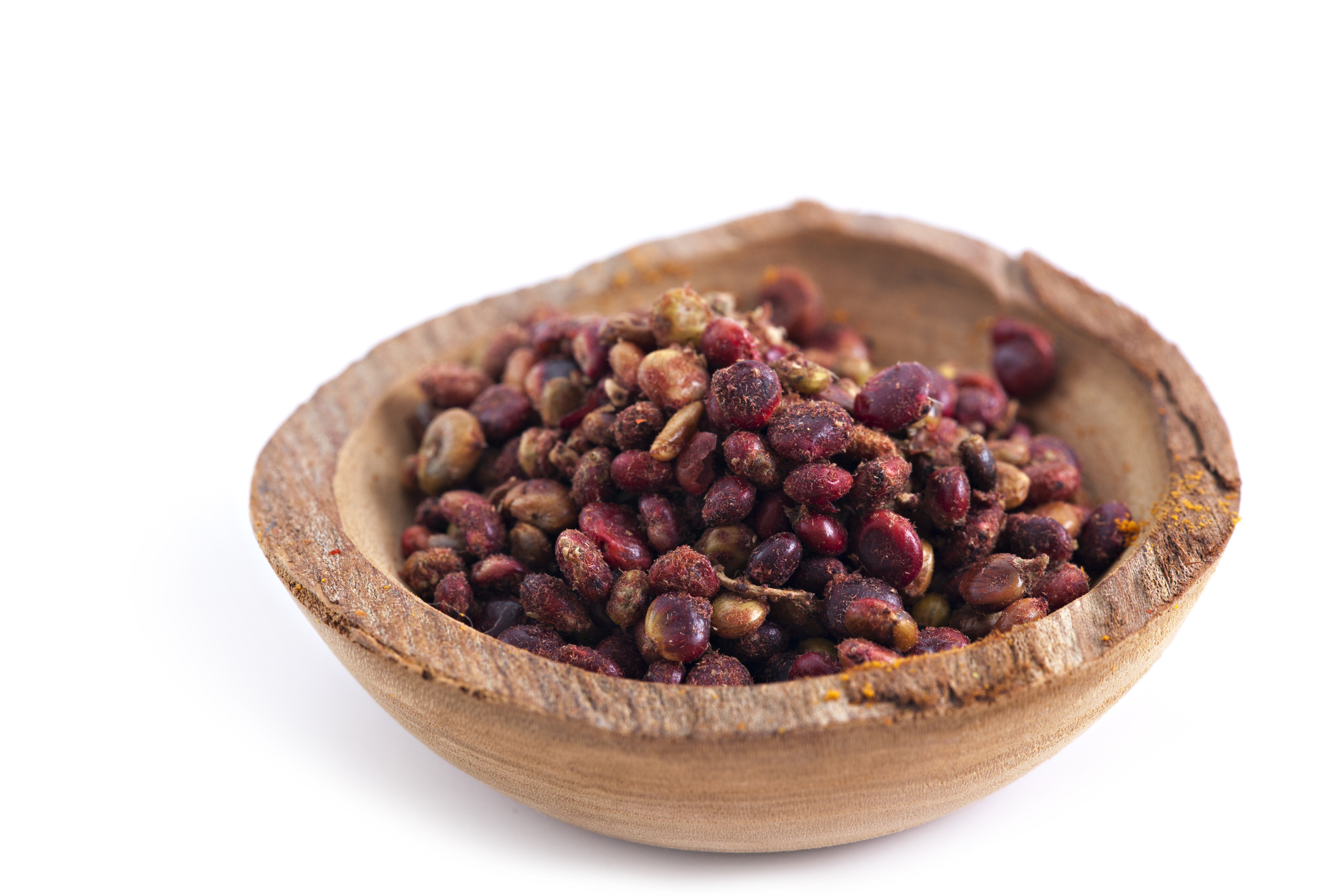
Sumac is the superhero of the spice rack, swooping in to save dishes with its vibrant zing! This deep red spice comes from the berries of the sumac bush.
It’s a staple in Middle Eastern cuisine with its tangy, lemony flavor that’s less tart than lemon juice, but just as refreshing. Sumac is super versatile.
It can jazz up a hummus, sprinkle some excitement on a salad, or add a zesty kick to grilled meats and veggies. It also looks beautiful!
Tarragon
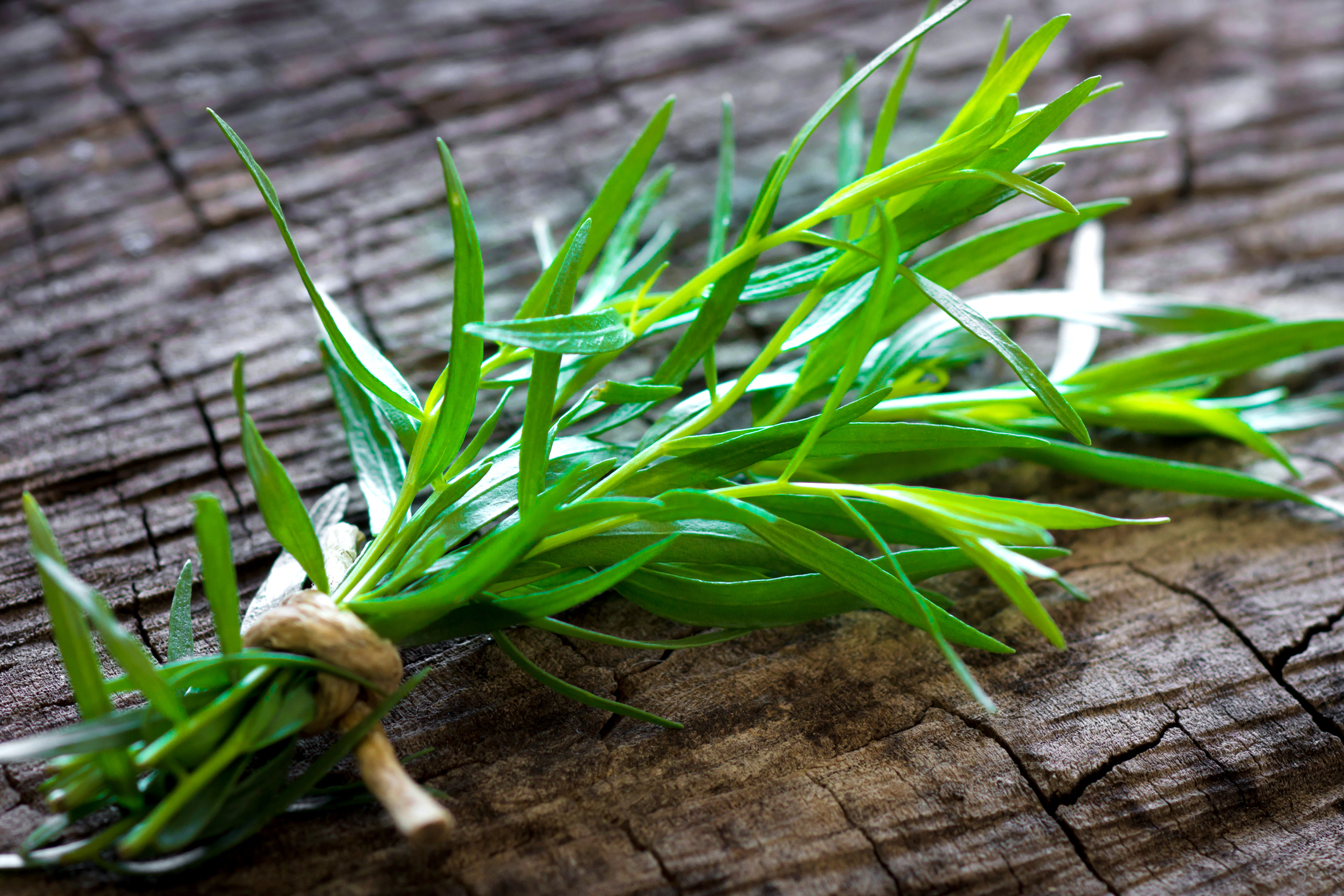
Tarragon is like the sophisticated cousin in the herb family, always dressed to impress with its distinctive, elegant flavor. It’s known for its narrow, pointed leaves.
Tarragon packs a punch with a taste that’s a unique blend of sweet licorice and a subtle hint of pepper. This herb is a star in French cuisine.
It often shows up in sauces like béarnaise, making it a go-to for turning a simple steak into a gourmet delight. It’s also amazing in salads!
Safflower
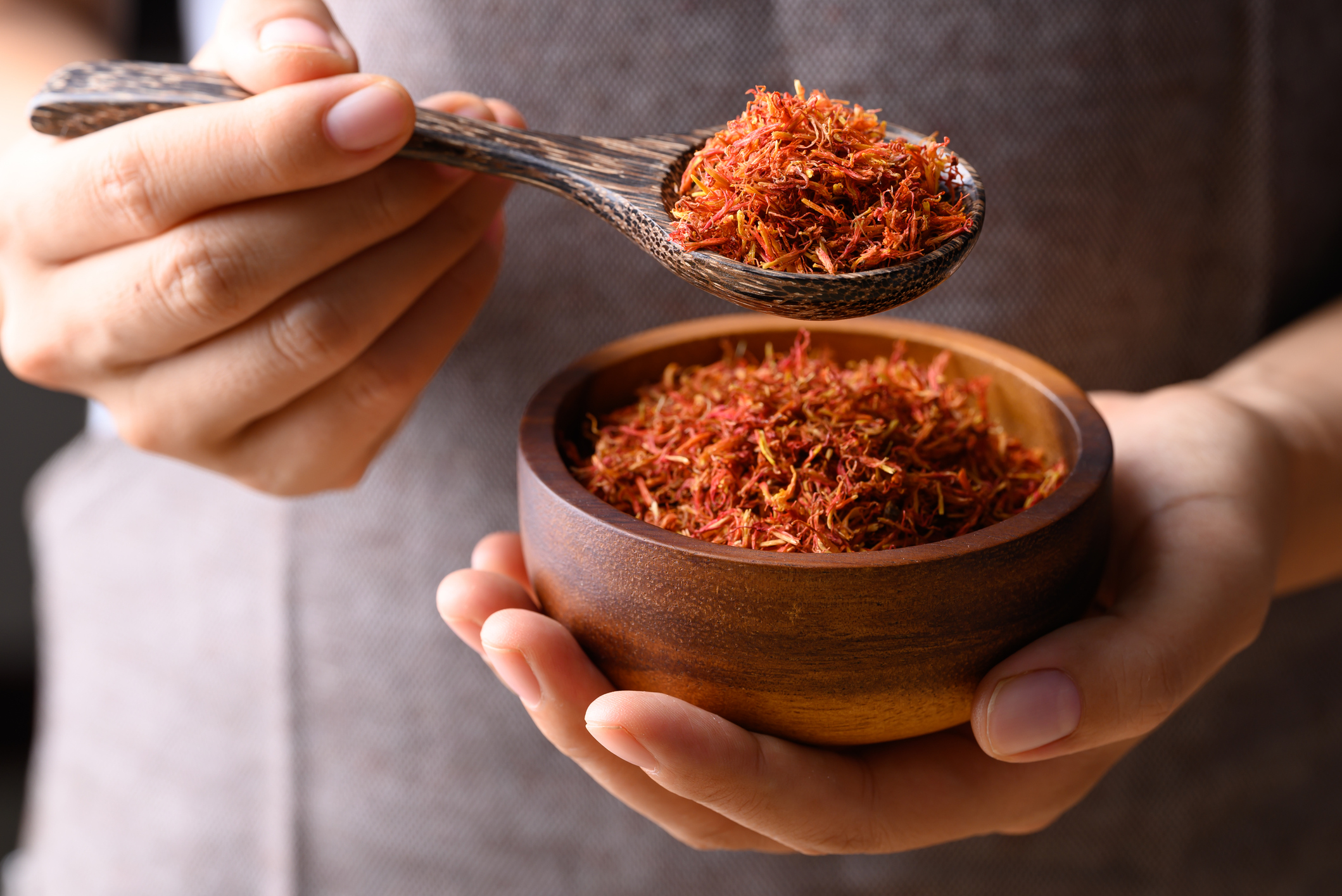
Safflower might just be the most versatile player in your pantry, doubling as both a colorful spice and a healthful ingredient. It’s often confused with saffron.
But safflower offers a milder flavor and a vibrant, cheery color that can liven up any dish. This plant is prized for its culinary uses and seeds.
The seeds are pressed into safflower oil, a favorite in kitchens for its neutral flavor and high smoke point. So, give this dynamic spice a try!
